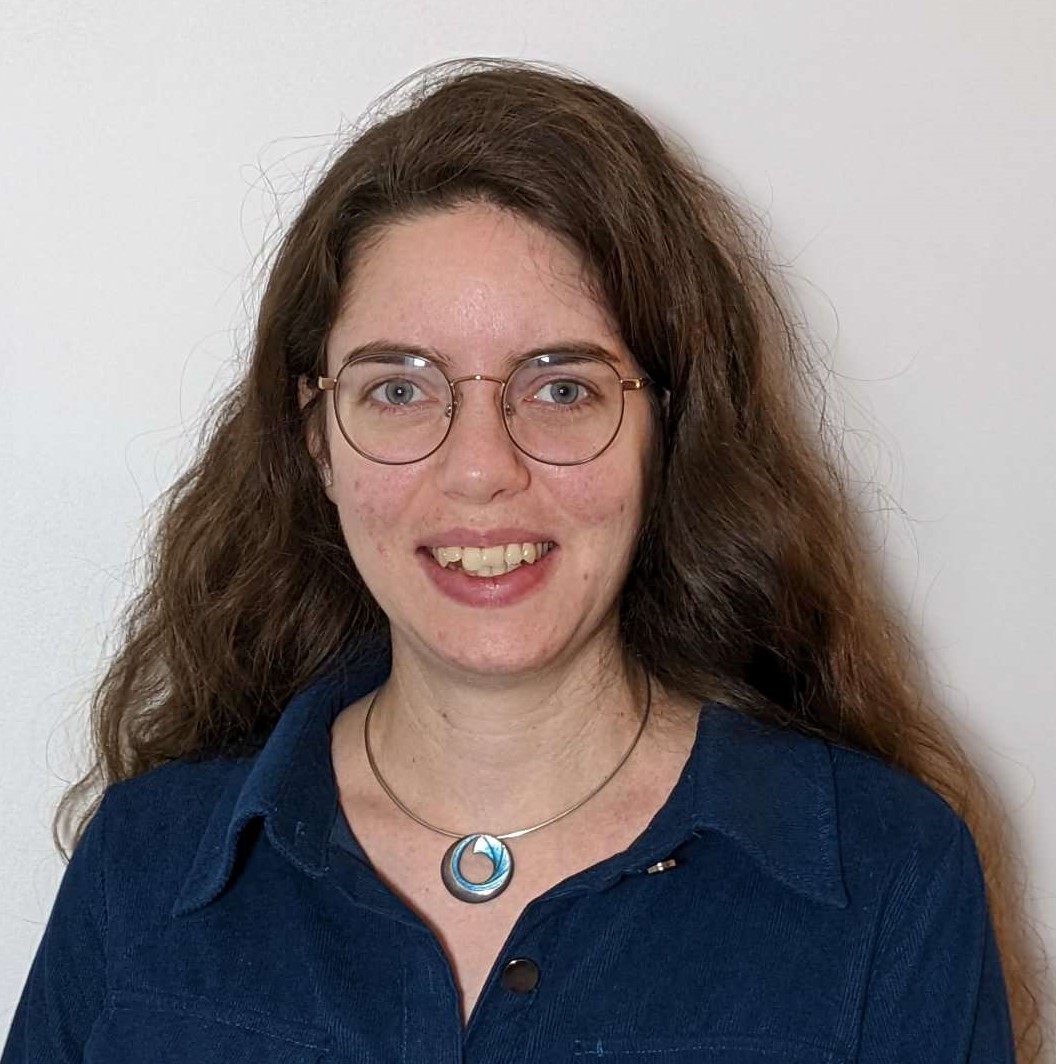Interview : Anne Henrottin, LASEA
Anne Henrottin is R&D Manager in Optical Metrology at LASEA based in Belgium. LASEA is a Belgian high-tech SME with unique expertise in the design, manufacture and use of laser systems for industrial applications. As leader of WP6, Anne Henrottin is in charge of proposing a complete definition of on-line monitoring and upscaling strategies for mass production.
Question: Anne, could you present LASEA and its role within the ESSIAL project?
For more than 20 years, LASEA has been designing and manufacturing high precision laser solutions for industry. Pioneer in the use of femtosecond laser technology, LASEA offers micromachining machines for various applications such as cutting, drilling, texturing, engraving, marking, welding and thin film removal. LASEA applies its expertise in many demanding sectors such as luxury goods (fine watches and jewellery), pharmaceuticals, medical, electronics, glass, automotive, R&D centres... from its various sites in Belgium, France, Switzerland and the United States.
In the ESSIAL project, LASEA is involved in femtosecond laser machining for hybrid welding. This structure makes it possible to anchor the polymer and ensure a very strong weld. In addition, LASEA is involved in the up-scaling of the project and thus in determining the strategy for bringing the laser technology developed at the laboratory scale to the possibility of integrating it into an industrial production line to achieve mass production.
Q: How do you share the work with Fraunhofer IPT, which is also involved in the Work Package 6?
In collaboration with IPT Fraunhofer, LASEA is working on the integration of an online measurement system to measure the quality of laser engraving. This engraving, developed by MULTITEL, allows the optimization of the refinement of magnetic domains.
The Fraunhofer IPT is developing the measurement tool. This is based on the technique of optical coherence tomography. This technique has been adapted by IPT in order to reach the level of accuracy desired in the project and also to be adapted to a laser machine. In this WP, LASEA is integrating this system into a laser machine and also validating its use.
Q: What is the current progress of this WP? What first results have you obtained?
The objectives of this WP both the online measurement and the up-scaling of the laser processing produced by MULTITEL. For the online measurement, the Fraunhofer IPT has validated the operating principle of their measurement tool with a galvanometric head from LASEA (optical element allowing the laser beam to move on the workpiece). The integration of the measurement module into the machine will be done soon to validate the measurement with the laser treatment. Regarding the up-scaling, LASEA has carried out tests with higher energy and power lasers (up to 100W, 300µJ). The results obtained demonstrated the possibility of increasing the speed of the laser process while maintaining the quality of the magnetic results obtained at the laboratory scale. LASEA is now pursuing the study by considering the machine concept for integration into an industrial production line.
Q: Finally, what are the main challenges to successfully scaling up the technology for mass production lines?
The difficulty lies in the fact that the speed of the laser process is not linear with the increase in power or energy of a laser due to the thermal effects inherent to a laser processing when the parameters are not correctly adapted. Nevertheless, thanks to the studies carried out, it is possible to propose a solution based on fast processing systems in combination with specific laser beam guidance.


